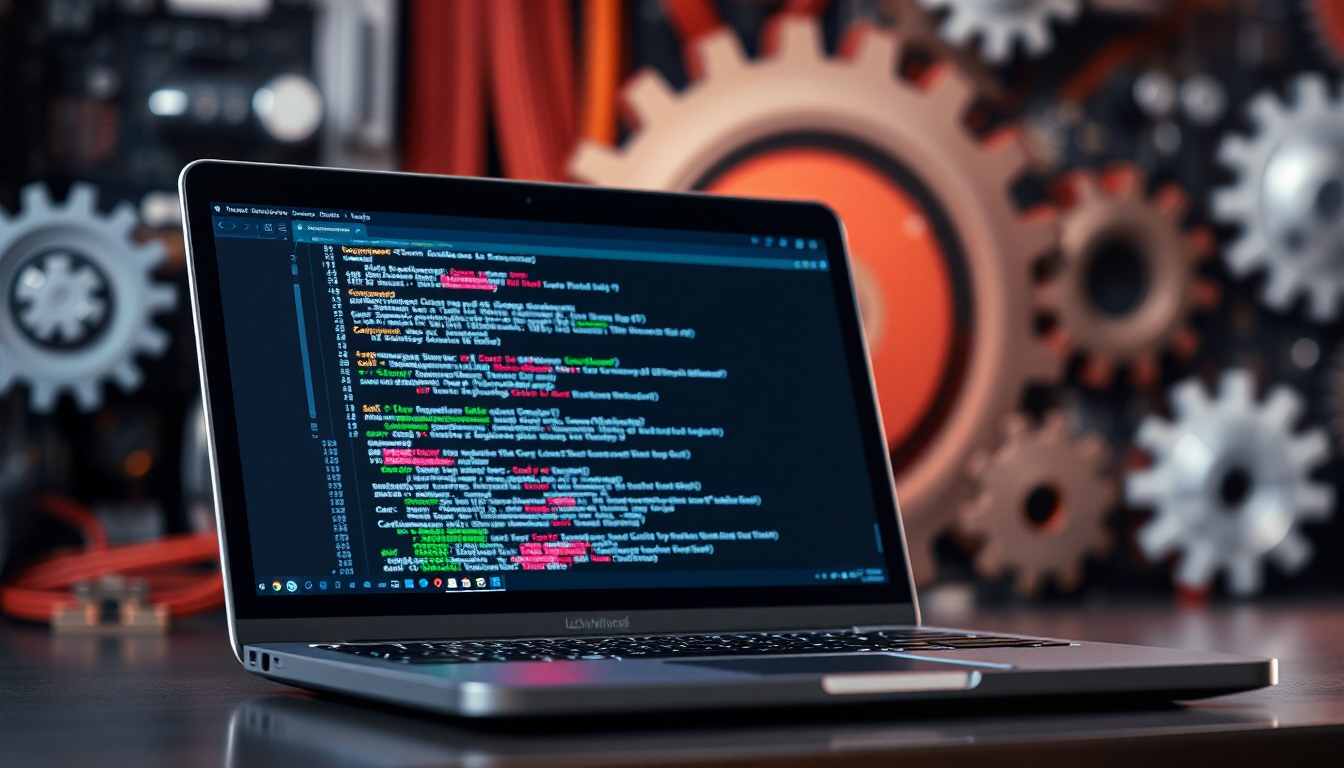
Machine Learning (ML) Made Simple: What is it?
A clear, practical explanation of machine learning models for business leaders and team leads. Learn how models work, the importance of quality data, and why structured examples are key to pattern recognition.
What a Machine Learning Model Really Is — And How It Learns from Data
Machine learning is all around us: recommending your next show, scanning for fraud in your transactions, or filtering email spam. But behind the scenes, machine learning is not magic. It’s math, data, and systems working together. And it all starts with giving a model data it can learn from.
If you’re a business leader or team lead trying to understand what “feeding data into a model” really means, this post will give you a clear, practical view. No buzzwords, just plain English.
What Is a Machine Learning Model?
Think of a machine learning model like a recipe that hasn’t been written yet.
Imagine you’re trying to bake the perfect cookie, but instead of following a set recipe, you experiment. You try one batch with more sugar, another with less flour, and you keep adjusting until people say, “This is the best one.”
That’s what a model does. It starts with nothing and, through trial and error, finds combinations of internal settings that perform well at a specific task. Whether it’s predicting which customers might leave or identifying fraudulent transactions, it relies on patterns within data to make informed predictions.
Under the hood, a model is a mathematical structure with parameters (like ingredients) that get adjusted as it sees more examples. The process of tuning these parameters is how the model learns. But it doesn’t learn in a human sense — it identifies statistical patterns and correlations that it can use to make predictions on new data.
The Role of Input and Labels
Let’s say you want a model that can predict if a customer will churn. You start by showing it examples of past customers:
- Inputs: Their usage history, time on platform, number of support tickets, billing cycle, payment history.
- Label: Did they churn? Yes or No.
Each row of data is like a flashcard. The model looks at the input (the front of the card), and you show it the answer (the back). Over time, the model begins to detect patterns. It starts “guessing” before it sees the label. This is the foundation of what’s called supervised learning.
If it guesses wrong, we correct it. If it guesses right, we reinforce it. That’s the learning part. It’s a repetitive process of prediction, comparison, and adjustment.
What matters most is clarity and consistency in your data. If your churn labels are incorrect (for example, if customers were marked as churned when they actually returned), the model will learn faulty patterns. Bad input leads to bad output.
This step — collecting and labeling data correctly — is one of the most important (and often overlooked) aspects of building useful machine learning systems.
Data Has to Be Structured to Work
You can’t just dump raw spreadsheets into a model and expect it to work. The data must be cleaned and structured in a way the model can understand.
Here’s what that usually involves:
- Numbers need to be numerical. Machine learning models don’t understand vague terms like “heavy user” or “new customer.” Those must be converted into numbers like “4.5 hours/day” or “joined 32 days ago.”
- Categories need consistency. If your “Plan Type” field includes both “Premium” and “premium,” the model treats them as different. All labels must be standardized.
- Text needs processing. If you include freeform survey responses or chat logs, these need to be transformed using techniques like tokenization or embedding before the model can use them.
- Missing data must be handled. Blank fields are problematic. You can fill in averages, remove incomplete rows, or apply domain-specific logic. But ignoring them usually causes the model to fail silently.
This is called data preprocessing — and it often takes more time than training the model itself. In real-world machine learning work, data scientists may spend up to 80% of their time preparing the data.
And if your data changes over time (for example, customer behavior evolves or your product offering shifts), you may need to regularly revisit and retrain your model to keep it relevant.
The More Examples, the Better the Pattern Recognition
Imagine you’re teaching a child to recognize animals. If you show them five dogs and ask, “What do these have in common?” they might guess fur or size. But if you show them 5,000 dogs — and 5,000 cats, horses, and birds — they begin to distinguish subtle patterns: snout shape, ear size, posture.
Machine learning works the same way. It learns best from high volumes of consistent, labeled data. The larger and more diverse the dataset, the more robust the model becomes.
But volume alone isn’t enough. Quality matters too:
- Are the examples recent?
- Are the labels accurate?
- Is the data representative of real-world scenarios the model will face?
Feeding a model outdated or biased data leads to brittle performance. For example, if your training data includes only customers from a single region, your churn predictor might not generalize well to new regions.
Also, more data helps reduce overfitting — a common problem where a model memorizes the training data instead of learning general patterns. A well-trained model doesn’t just do well on data it’s seen; it performs well on new, unseen data.
Clean Data for Best Results
At its core, a machine learning model is a pattern-seeking tool. It doesn’t know anything when it starts. It becomes “smart” by looking at structured examples and slowly adjusting until its guesses improve.
As a business leader, understanding this process helps you ask the right questions:
- Do we have the right data?
- Are the labels accurate?
- Is the data clean and consistent?
- Are we using recent and representative examples?
Building a useful model starts with understanding what goes in. Garbage in, garbage out. But clean, labeled, structured data? That’s gold.
In the next post, we’ll go deeper into how the model knows it’s wrong — and how it uses mistakes to get better.



